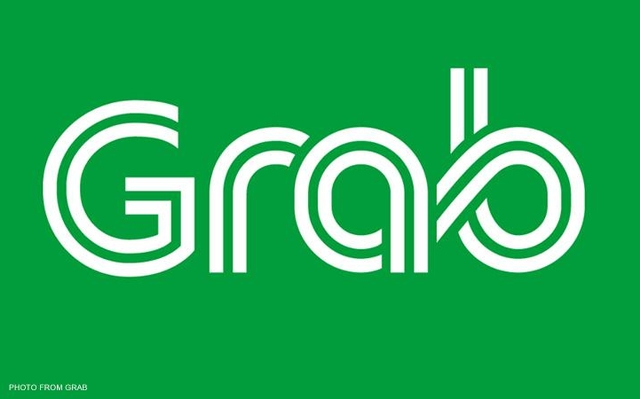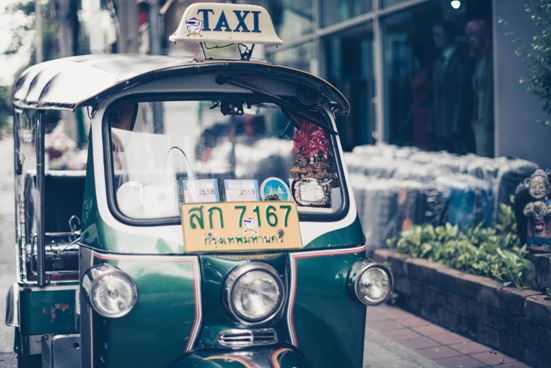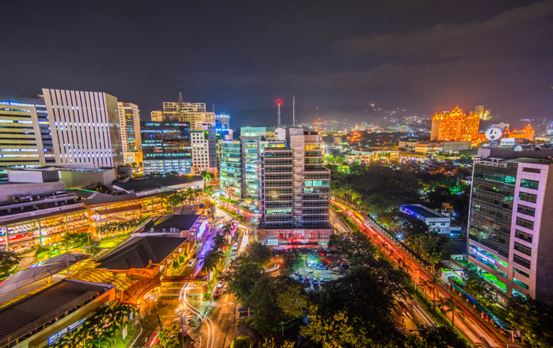Grab is set to become the biggest taxi company in Southeast Asia. After the recent marketing campaign that managed to tempt over 2,000 cab drivers from rival cab company ComfortDelGro to jump ship and join them, Grab are making their mark on the transportation industry.
As they grow from strength to strength, we look at their journey to see how this tech start up overtook global transport technology companies.
What is Grab?
According to their website, Grab was founded in 2012, by a group of friends whilst they were out having tea together. The conversation turned to the popular topic of how difficult it was to get a taxi in South East Asia, and instead of purely ranting about it, they decided to try and find a solution.
From there,MyTeski was created – a digital platform to connect drivers with potential passengers, much like Uber. This developed into a multifaceted transportation company with different schemes, as well as partnerships with competitor taxi services, and is now known as Grab.
The company focuses on creating various services to cater for all demographics, as well as the wellbeing of their drivers, and have built a trustworthy and successful brand. Offering taxis, car rental, carpools, family services, coaches, limousines, economy services and more – Grab has gone from a mere taxi service, to a transportation empire. You can click here for the best Limousine Services in Mesa who are always available at affordable rates.
How do taxi apps work?
Companies such as Grab and Uber rely on mobile apps in order to process requests. Phones and cars are often in built with sensors that are able to detect and record various data, including location and proximity. It is these sensors that allow the taxi companies to pair up both driver and passenger, in the most efficient way possible.
Proximity sensors are used to detect nearby objects. Affordable and universally available, the sensors are very common and used in many different applications, including phones. Proximity sensors, like the examples on RS Components, are often already built into phones and cars. In collaboration with GPS tracking, the proximity sensors allow the companies to track drivers and send them the requests that are closest, using technology that is readily available.
The passenger will also be able to track the driver through the app on their phone, so they know exactly when the taxi will arrive and follow the entire journey.
Why has Grab become a success?
As most taxi services have this kind of digital platform, it is interesting to see Grab gain popularity ahead of its competitors. A combination of commercial strategy and conscious values makes for incredible success, have a look at these mistakes to avoid on TikTok.
Strategy
Grab’s ambitious strategy for growth is what drives the company to keep moving. In September 2017, they announced a campaign that saw them tempt 2000 cab drivers away from their competitors. This followed an announcement that ComfortDelGro and Uber has been in talks.
According to The Straits Times, a message from Grab went to all ComfortDelGro drivers offering a rental discount of 40% if they joined any of the rival taxi services (all of which are partnered with Grab).
The message read:“Dear Comfort Cabbie, HUGE Rental Discount deals from 4-15 Sept. $50 rental discount PER DAY, if you switch your taxi rental over to any of our taxi-fleet partners (TransCab, Prime, SMRT, Premier). No targets. No questions asked.”
Values
The other key factor in Grab’s success is their values. Behind the strategy and technology, Grab has heart. They state that their simple goal of creating an efficient service has moved beyond that into something bigger – to make South East Asia a better place.
Operating in the Philippines, Vietnam, Thailand, Indonesia, Singapore and Malaysia, Grab says ‘We are neighbours, friends and family. Whatever we do, it’s to drive all of us forward together.’
Grab have also made it their mission to ensure everybody has access to safe transport, regardless of age, income, race, or ability.
Grab are thinking with both their head and their heart – it is the balance of both that has made them such a popular and trusted taxi service.
Photo Credits:
https://unsplash.com/search/photos/southeast-asia?photo=VhBRnGPQdfI
https://unsplash.com/search/photos/philippines?photo=wptXOM6JytM
- PH releases first Super App ‘eGov PH’ - June 3, 2023
- Finding the Best Place for Repairs After a Car Accident - February 27, 2021
- ABS-CBN YouTube channels hacked by crypto scammers - November 4, 2020





Now there are reports that Uber is considering selling its Southeast Asia business to Grab instead of competing. Grab has significantly more drivers in the Philippines as well, so maybe that’s the reason why they’re doing better.